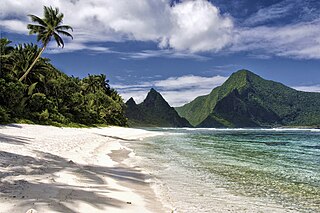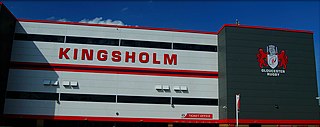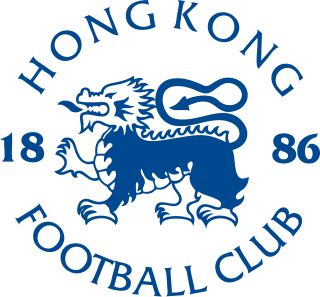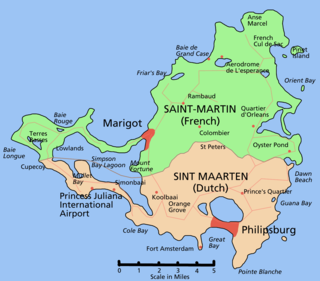Related Research Articles

Micronesia is a subregion of Oceania, consisting of approximately 2,000 small islands in the Northwestern Pacific Ocean. It has a close shared cultural history with three other island regions: Maritime Southeast Asia to the west, Polynesia to the east, and Melanesia to the south—as well as with the wider community of Austronesian peoples.

Palau, officially the Republic of Palau, is an island country in the Micronesia subregion of Oceania in the western Pacific. The republic consists of approximately 340 islands and connects the western chain of the Caroline Islands with parts of the Federated States of Micronesia. It has a total area of 466 square kilometers (180 sq mi), making it the fourth smallest country in the world. The most populous island is Koror, home to the country's most populous city of the same name. The capital Ngerulmud is located on the largest island of Babeldaob, in Melekeok State. Palau shares maritime boundaries with international waters to the north, the Federated States of Micronesia to the east, Indonesia to the south, and the Philippines to the northwest.

Rugby football is the collective name for the team sports of rugby union or rugby league.

The Mariana and Palau Islands campaign, also known as Campaign Plan Granite II, was an offensive launched by United States forces against Imperial Japanese forces in the Pacific Ocean between June and November 1944 during the Pacific War. The campaign consisted of Operation Forager, which captured the Mariana Islands, and Operation Statemate, which captured Palau. Operation Causeway, the invasion of Taiwan was also planned but not executed. The offensive, under the overall command of Chester W. Nimitz, followed the Gilbert and Marshall Islands campaign and was intended to neutralize Japanese bases in the central Pacific, support the Allied drive to retake the Philippines, and provide bases for a strategic bombing campaign against Japan.

In the law of the United States, an insular area is a U.S.-associated jurisdiction that is not part of a U.S. state or the District of Columbia. This includes fourteen U.S. territories administered under U.S. sovereignty, as well as three sovereign states each with a Compact of Free Association with the United States. The term also may be used to refer to the previous status of the Swan Islands, Hawaii, Puerto Rico, and the Philippines, as well as the Trust Territory of the Pacific Islands when it existed.

Peleliu is an island in the island nation of Palau. Peleliu, along with two small islands to its northeast, forms one of the sixteen states of Palau. The island is notable as the location of the Battle of Peleliu in World War II.

Murrayfield Stadium is a rugby union stadium located in the Murrayfield area of Edinburgh, Scotland. The stadium is owned by the Scottish Rugby Union (SRU) who has its headquarters based at the stadium, and is the national stadium of the Scotland national rugby union team. With a seating capacity of 67,144, it is the largest stadium in Scotland, the fifth largest in the United Kingdom, and the twenty–second largest in Europe.

The following outline is provided as an overview of and topical guide to sports:

Kingsholm Stadium is a rugby union stadium located in the Kingsholm area of Gloucester, England, and is the home stadium of Gloucester Rugby. The stadium has a capacity of 16,115. It is sometimes nicknamed 'Castle Grim', after the estate where the stadium is built. The new main grandstand, opened in 2007, is an all-seated 7,500 capacity stand along the south touchline. It is currently sponsored by Malvern Tyres.

Rugby union in Samoa is the country's most popular sport. The national teams in both the standard 15-man game and rugby sevens are consistently competitive against teams from vastly more populous nations.

Rugby union in Fiji is a popular team sport and is considered to be the national sport of the country. The sport was introduced to Fiji in the 1880s. Fiji is defined as a tier two rugby nation by World Rugby. The national team has competed at the Rugby World Cup and made it as far as the quarter-finals. Their sevens team is also noted for their success, winning multiple Olympic gold medals, World Rugby Sevens Series and Rugby World Cup Sevens.
Macau residents participate in a wide variety of sports for recreation and competition. Football, basketball, volleyball, Dragon Boat, jogging, swimming, table tennis, and badminton are among the most popular in the community. Local leagues and competitions are organized regularly every year, but owing to Macau's small population professional leagues are financially unfeasible and so most participants are merely local sport enthusiasts.

Hong Kong Football Club, established in 1886, is a private members' club in Hong Kong. The name reflects the origin as a club for playing association football and rugby.
Rugby union in China is a growing sport; however, it is still not overly popular. China became affiliated to the International Rugby Board in 1997 and as of 1 July 2019, its women's XV side was ranked 24th and its men's XV side 80th in the world. Neither the women's team nor the men's team has yet qualified for a Women's Rugby World Cup or a men's Rugby World Cup. However, China has hopes of one day hosting the men's event, and World Rugby has indicated it supports taking the event there.
Rugby union in Guam is a minor but growing sport. They are currently ranked 82nd by the IRB. Although Guam is often considered part of Oceania, it tends to take part in Asian rugby tournaments.
Rugby union in the Philippines is a minor but growing sport.
Rugby union in the Marshall Islands is a minor but growing sport.
Rugby union in the northern Mariana Islands is a minor but growing sport.
Rugby union in the Federated States of Micronesia is a minor but growing sport.

Rugby union in Saint Martin is a minor but growing sport. The 87-square-kilometre (34 sq mi) island is divided roughly in half between France (53 km2) and the Netherlands (34 km2); it is the smallest inhabited sea island divided between two nations. There is free movement between the two parts of Saint Martin/Sint Maarten.
References
- ↑ "Artificial Rugby Pitches - Protecting Playing Fields" . Retrieved 10 May 2012.
- ↑ http://www.guamrugby.com/Club.htm FROM GRASS ROOTS TO RUGBY WORLD CUP, Guam Rugby Club